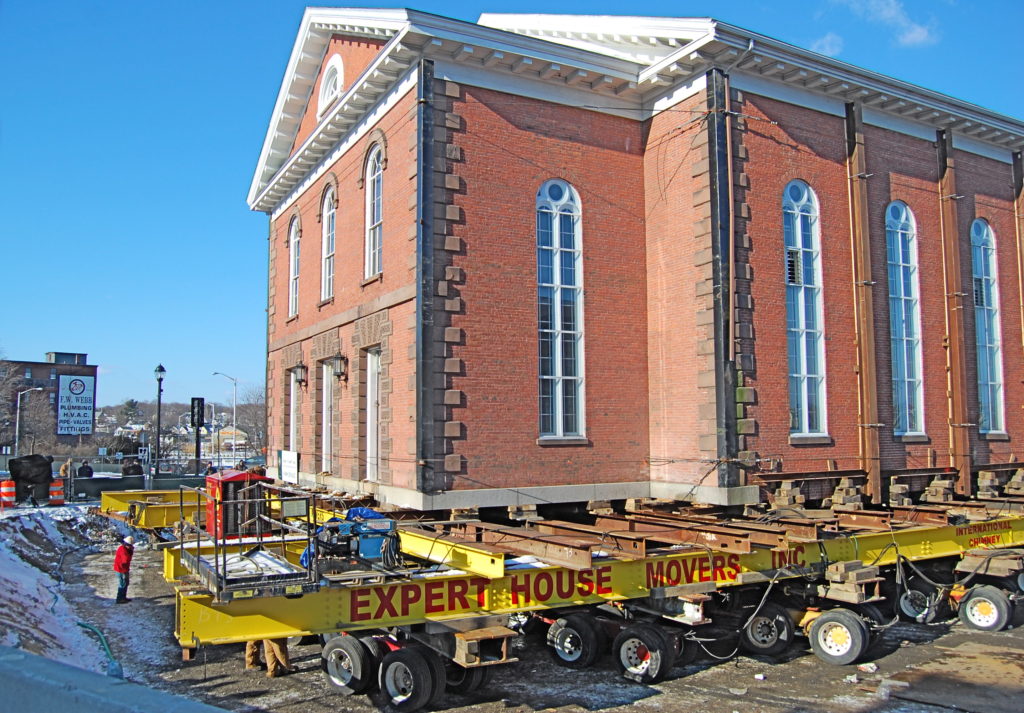
You have probably heard of the popularity and praise team-building activities have received over the last decade. The rise of the team building idea can be traced all the way back to the 1920s and 1930s, which is when the now revered Hawthorne Studies was created (Dyer, J. L., 1984, Team research and team training: A state-of-the-art review. Human Factors Review, pp. 285-319). Dyer explained that these studies involved a series of research activities designed to examine to great lengths what happened when a group of workers were put under certain circumstances. After extensive analysis, the researchers concurred that the most significant factor was that the groups developed a sense of group identity, a feeling of social support and cohesion that came with increased worker interaction. From this, a definition has been established to define the term “team building” as “an ongoing process that helps a work group evolve into a cohesive unit. The team members not only share expectations for accomplishing group tasks, but also trust and support one another and respect one another’s individual differences” (Luis Velasquez, MBA, PhD).
But there has been an increase in resistance to team-building activities for the workplace and an increase in critical thinking as to whether these efforts really do help to bring a workforce together or not. Luis Velasquez, MBA, PhD, states that the problem with most team-building activities is that they focus on process rather than mindset. He explains that some of the flaws of team-building activities, which can have a neutral or even negative impact on your team dynamics, for a variety of reasons. These include, but are not limited to, struggling to identify a clear and compelling vision for the team. Having a clear vision can bring many benefits to team-building and can make the activities, if chosen well, worth its while. This involves having a shared goal, which drives the team members to push forward and go beyond expectations to achieve the defined target. If the vision is compelling enough, the team is more likely to work together. If there is not a clear purpose and well-defined activities to support that purpose, the team is going to struggle to see the purpose it serves and will not engage accordingly.
Another issue many experts have raised is that the team-building activity chosen for the company has little to no relevance with the current profession that the employees are working in. Often, organisations will mix up team building activities, which are designed to bring a group together with very specific set of tasks as mentioned earlier, with activities more deemed as fun or recreational. These recreational activities could include rock climbing, scavenger hunting, or even racing cars. These recreational activities, while enjoyable, lack the necessary structure to build a clear purpose for the activity and a clear goal for the team to work toward. These activities can also make some employees very uncomfortable and can reinforce a negative company culture by forcing more reserved personality types to take part in activities that are beyond their comfort zone. It is important to remember that team-building activities should answer the question of where you are now and where you want to be as a team. Recreational activities show little evidence in supporting this goal.
Furthermore, by engaging in activities that lack the necessary structure to enhance a group, it can create a culture of competition, neglecting the important factor that team building is intended to build trust. For example, if a manager tells their employees that they need to work together more as a team to accomplish an end goal as a team, then takes them to a recording studio in London and forces the employee into a singing competition, it builds a resentful and competitive environment for the team. This can degrade the team dynamic further.
When teams are able to develop and teach goals that push the team toward a common end goal, the Hawthorne Studies prove accurate. The downfall of team-building activities isn’t that they don’t work, it’s more that they are often confused with casual experiences instead of specific activities that are focused on mindset over process. The key to success in team building is to establish activities that work on amending problematic behavioural hurdles within a team that hinder the overall success of that team. When participants work on developing and reaching a team goal, the team identity is established. Team building activities can work but they must be conducted appropriately without a clouded view of fun instead of purpose.


